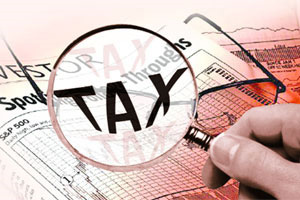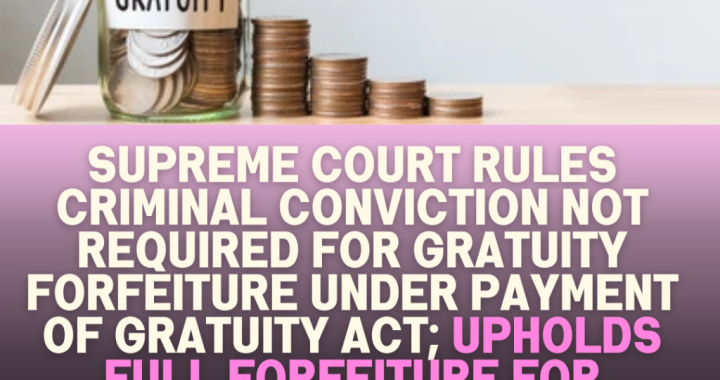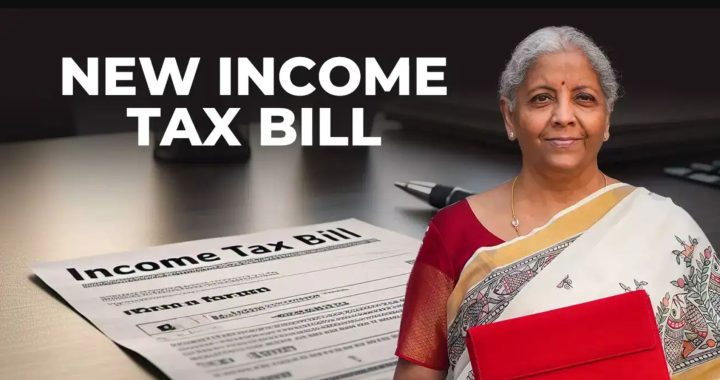All about income tax scrutiny
 It is practically not possible for the Income Tax Department to make regular assessment of all the returns filed before them in any assessment year. However based on some regulations framed by the CBDT, the Income Tax department selects some returns for scrutiny assessment with the help of Computer Assisted Scrutiny System under the provisions of section 143(3) of the Income Tax Act.
It is practically not possible for the Income Tax Department to make regular assessment of all the returns filed before them in any assessment year. However based on some regulations framed by the CBDT, the Income Tax department selects some returns for scrutiny assessment with the help of Computer Assisted Scrutiny System under the provisions of section 143(3) of the Income Tax Act.
Cases selected for scrutiny:
A return of income tax is picked up for scrutiny when the Assessing officer considers it necessary to find out whether the assessee has –
1. Understated the income ; or
2. Stated excessive loss ; or
3. Under-paid tax by any means.
Notice for scrutiny:
The laws relating to income tax provides that a notice shall be served upon the assessee under section 143(2) of the Act if his case is chosen for scrutiny. The notice requires the assessee to produce proof in support of the return filed by him.
Time Limit for notice:
The Income Tax Act provides that a notice should be served within 6 months from the end of the Financial Year in which return is furnished starting from 1st April, 2008 and within 12 months from the end of the month, in which such return was filed if the same is filed on or before 31st March, 2008.
Consequences of serving notice beyond time limit:
If a notice under section 143(2) is served beyond the prescribed time, the assessment shall be considered as invalid in the eye of law and is liable to be set aside, even though the assessee had not challenged the same. This was held in the case of CIT vs. Mahi Valley Hotels & Resorts.
Procedure followed after serving notice:
After hearing the assessee and after going through all evidence produced by the assessee in response to the notice served upon him, the Assessing officer shall make an assessment order in writing to determine the total income or loss of the assessee and the amount of tax payable by him.
A scrutiny assessment should be completed within a period of 21 months from the end of the assessment year in question.
Object of making scrutiny:
The main objective of the department to choose a case for scrutiny is to ensure that the income stated by an assessee in his return is genuine and there is no tax evasion on the part of the assessee. The expenses as declared to have been incurred by an assessee are also scrutinized to determine whether they are real or fictitious.
Documents sought for by the department:
The assessing officers often ask for the following documents from an assessee:
1. Details of all the bank accounts and copies of the bank statements ;
2. List of the family members of the assessee;
3. Investments made by the assessee in immovable properties, shares, etc. and the sources of funds for making them;
4. Details of all credit card statements;
5. Details of loan transactions and also confirmation from borrowers and their PANs;
6. Details of gifts received or offered taken during the year;
7. Details of household expenses;
8. Details of foreign tour undertaken;
9. Club membership ;
10. Details of motor vehicles used or owned;
11. Details of rent paid for which HRA has been claimed ;
12. Details of donations given for which deduction has been claimed ;
13. Source of assets held by minor child;
14. Details of household expenses.


 ITAT Amritsar: No Section 269SS Violation for One-Time Cash Payment Before Sub-Registrar
ITAT Amritsar: No Section 269SS Violation for One-Time Cash Payment Before Sub-Registrar  Tax Officials Unleash Digital Dragnet: How New Raid Powers Redefine Privacy, Property Rights in India and likely to Fuel Corruption
Tax Officials Unleash Digital Dragnet: How New Raid Powers Redefine Privacy, Property Rights in India and likely to Fuel Corruption  Income Tax Department Rewards for Reporting Tax Evasion: A Comprehensive Guide
Income Tax Department Rewards for Reporting Tax Evasion: A Comprehensive Guide  Forfeiture of Gratuity by Employer- What are the Remedies for an employee- Can employer be challenged?
Forfeiture of Gratuity by Employer- What are the Remedies for an employee- Can employer be challenged?  Employer can forfeit gratuity of an employee in case of moral turpitude
Employer can forfeit gratuity of an employee in case of moral turpitude  Diving Deeper: The Impact of the New Tax Bill on Dairy and Farming Income
Diving Deeper: The Impact of the New Tax Bill on Dairy and Farming Income